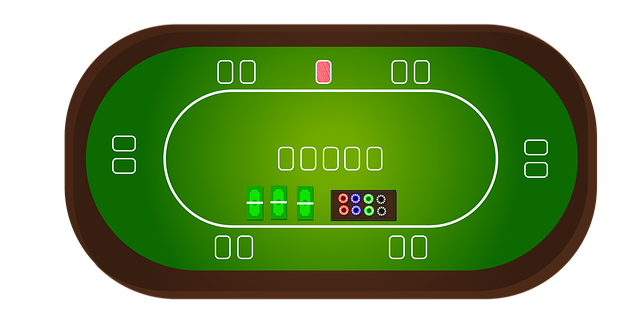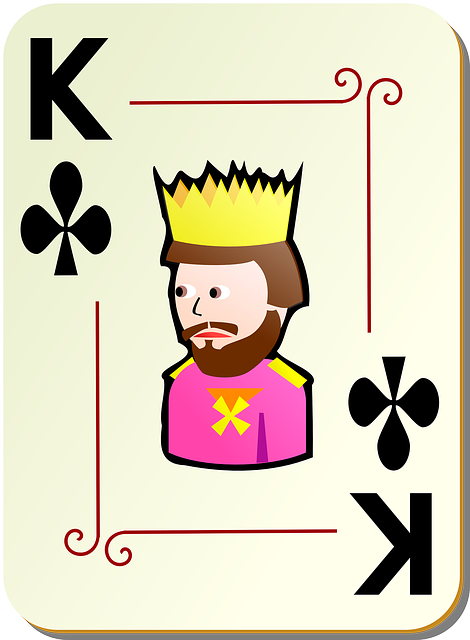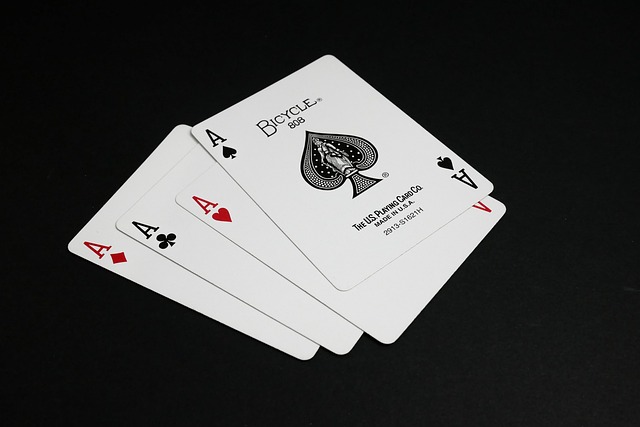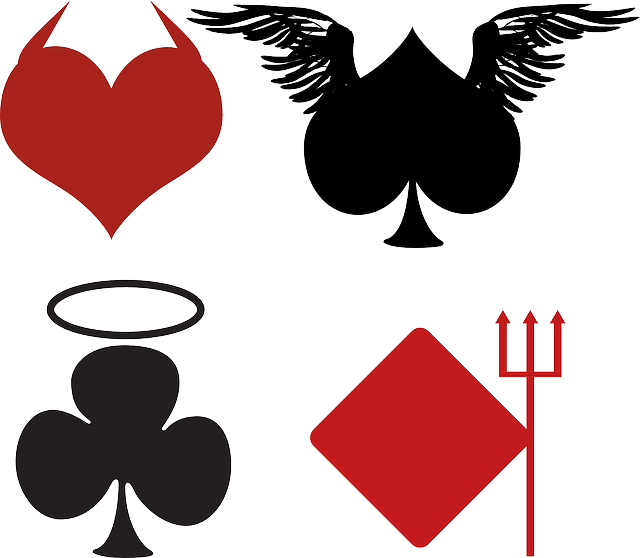Mastering poker hand rankings is crucial for anyone learning How to Play Poker. By understanding card combinations from high card to royal flush, beginners can make strategic decisions, anticipate opponent moves, and improve their chances of winning. Regular practice, using visual aids like flashcards or breaking down rankings into manageable groups, enhances hand evaluation skills, ultimately boosting poker proficiency and giving players an edge at the table.
Learn the ins and outs of poker hand rankings—a crucial skill in any serious game of poker. This comprehensive guide takes you from understanding the basics to advanced strategies, ensuring you’re prepared for any hand dealt. Discover the hierarchy of hands, from high card to royal flush, and master the art of evaluation. We provide step-by-step tips tailored for beginners and advanced techniques to memorize rankings like a pro. Enhance your poker prowess with these insights and elevate your game today!
- Understanding the Basics of Poker Hand Rankings
- Evaluating Your Hand: Steps and Tips for Beginners
- Advanced Strategies for Memorizing Hand Rankings
Understanding the Basics of Poker Hand Rankings
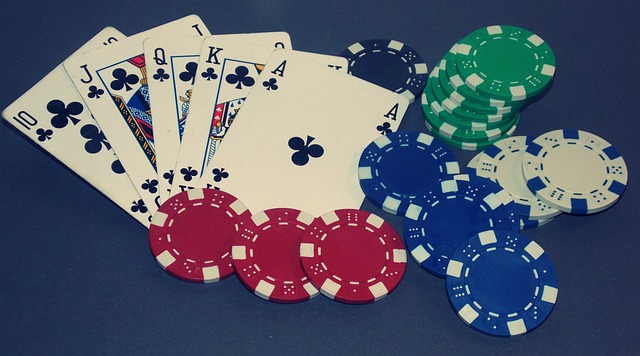
Poker hand rankings are a fundamental aspect of learning how to play poker. Understanding these rankings is crucial for any player aiming to master the game. The goal is simple: outrank your opponents by forming hands that are stronger than theirs.
The standard poker deck consists of 52 cards, and various combinations of these cards make up different poker hand rankings. Knowing the order of these hands – from high card to royal flush – is essential for making informed decisions during gameplay. Familiarizing yourself with this hierarchy allows you to strategize effectively, predict opponent moves, and ultimately increase your chances of winning when playing how to play poker.
Evaluating Your Hand: Steps and Tips for Beginners

When learning how to play poker, evaluating your hand is a crucial step in improving your strategy. Here’s a simple breakdown for beginners:
1. Identify Your Cards: Start by clearly seeing and understanding the cards in your hand. Each card has its value, and knowing them by sight will save time during gameplay.
2. Assess Combinations: Evaluate your cards for potential combinations that make up poker hand rankings. Look for pairs, three-of-a-kind, straight flushes, or even a royal flush – the highest ranking hand.
3. Consider Position and Opponents: The position of your cards on the table (late position gives an advantage) and understanding your opponents’ playing styles can offer insights into the strength of their hands.
4. Read the Board: Keep an eye on the community cards. Combining these with your personal cards can create stronger hands, so understand how they interact to enhance or weaken your current hand.
5. Practice Regularly: The more you play, the better you’ll become at quickly evaluating hands. Practice with friends or online games to gain experience and confidence in reading both your own and others’ poker hands.
Advanced Strategies for Memorizing Hand Rankings

Memorizing poker hand rankings is a critical skill for any aspiring poker player, especially as you advance in the game. One effective strategy to commit hand rankings to memory is to use visual aids and associations. Create flashcards with illustrations of each hand, pairing them with memorable phrases or images that represent their strengths. For example, visualize an ace high flush as a royal straight flush—a powerful and unmistakable card combination.
Another method is to break down the rankings into smaller groups and assign unique characteristics to each. Start with understanding the hierarchy of suits (clubs, diamonds, hearts, spades), then focus on sequences and pairs within those suits. Practice sorting cards mentally by their ranks (2 through 10, jacks, queens, kings) and suits. This structured approach will help you quickly identify and recall hand rankings during gameplay, giving you a significant edge in how to play poker.
Poker hand rankings are a fundamental aspect of understanding how to play poker. By mastering these basics, evaluating your hand effectively, and employing advanced memorization strategies, you’ll be well on your way to becoming a proficient poker player. Remember, the key to success in any poker game is not just knowing the rankings but also adapting your strategy based on card combinations and table dynamics. So, whether you’re a beginner or looking to refine your skills, these insights will empower you to navigate the thrilling world of poker with confidence.
